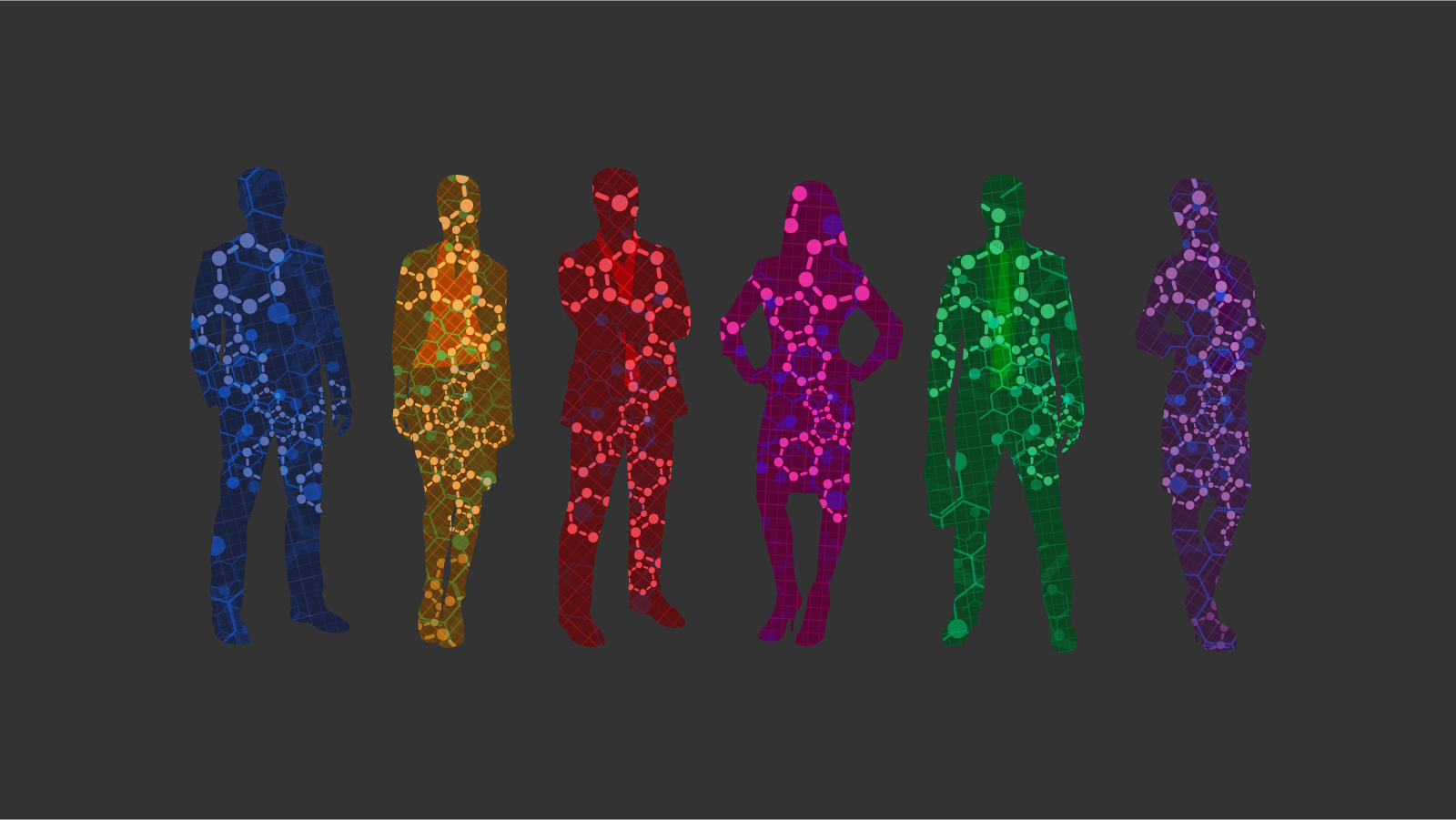Taurine has a variety of actions in the body such as cardiotonic, host-defensive, radioprotective and glucose-regulatory effects. However, its action in the central nervous system remains to be characterized. In the present study, we tested to see whether taurine exerts anti-anxiety effects and to explore its mechanism of anti-anxiety activity in vivo. The staircase test and elevated plus maze test were performed to test the anti-anxiety action of taurine. Convulsions induced by strychnine, picrotoxin, yohimbine and isoniazid were tested to explore the mechanism of anti-anxiety activity of taurine. The Rotarod test was performed to test muscle relaxant activity and the passive avoidance test was carried out to test memory activity in response to taurine. Taurine (200 mg/kg, p.o.) significantly reduced rearing numbers in the staircase test while it increased the time spent in the open arms as well as the number of entries to the open arms in the elevated plus maze test, suggesting that it has a significant anti-anxiety activity. Taurine's action could be due to its binding to and activating of strychnine-sensitive glycine receptor in vivo as it inhibited convulsion caused by strychnine; however, it has little effect on picrotoxin-induced convulsion, suggesting its anti-anxiety activity may not be linked to GABA receptor. It did not alter memory function and muscle activity. Taken together, these results suggest that taurine could be beneficial for the control of anxiety in the clinical situations. Copyright (c) 2007 S. Karger AG, Basel.
Excitatory amino acid stimulation of phosphatidylinositol (PI) hydrolysis has been associated with development of the CNS. Normally minimally ineffective in stimulating PI hydrolysis in the neonatal rat cerebellum, N-methyl-D-aspartate (NMDA) increased levels of PI hydrolysis 82.3 +/- 5.5% above basal values in the presence of 1 microM baclofen, a gamma-aminobutyric acidB (GABAB) receptor agonist. This effect was observed at day 7 but not in adult cerebellum. The effect of baclofen could be mimicked by low dose GABA and taurine, actions which were blocked by prior application of a specific GABAB antagonist. Therefore, the ability of NMDA to stimulate PI hydrolysis in neonatal cerebellar tissue may be regulated by the degree of GABAB receptor stimulation.
The interactions of taurine with GABAB receptors were studied in membranes from the brain of the mouse by measuring the binding of [3H]baclofen and that of [3H]GABA in the presence of isoguvacine. Taurine displaced ligand binding to GABAB receptors concentration-dependently with an IC50 in the micromolar range. The effects of baclofen on the release of taurine and GABA from slices of cerebral cortex of the mouse were assessed using a superfusion system. Potassium-stimulated release of both [3H]taurine and [3H]GABA was unaffected by baclofen but potentiated by delta-aminovalerate. The enhancement of release of [3H]taurine by delta-aminovalerate was partially antagonized by baclofen, suggesting that baclofen-sensitive receptors could modify the release.
Taurine, an inhibitory amino acid, potently acts on a subclass of gamma-aminobutyric acid type A (GABAA) receptors. Taurine competitively inhibits [3H]muscimol binding to purified GABAA receptors with an average IC50 value of 50 microM, and enhances [3H]flunitrazepam binding to GABAA-linked benzodiazepine receptors with an EC50 of about 10 microM and with maximal extent lower than that for GABA. Taurine shows variable affinities (low micromolar to near millimolar) for muscimol binding sites in different brain regions as measured by autoradiography. The taurine-sensitive GABA sites are enriched in dentate gyrus, substantia nigra, cerebellum molecular layer, median thalamic nuclei, and hippocampal field CA3; these areas are also enriched in mRNA for the GABA-binding beta 2 subunit subtype. Taurine shows differential affinities for the multiple muscimol-GABA binding polypeptides present in purified GABAA receptors, notably a higher affinity for a beta 55 than a beta 58 polypeptide; these probably represent beta 2 and beta 3 clones, respectively. This work defines a significant target of taurine's inhibitory activity as some GABAA receptor GABA sites, lending support to the hypothesis that this endogenous substance may have a physiological action.
Anxiety & Sleep: Taurine helps with both sleep and anxiety through reducing excitatory neurotransmission. It increases GABA in the brain, can bind to GABA receptors, and indirectly suppresses NMDA signaling. It also acts on glycine receptors, which contributes to its anti-anxiety effects.

